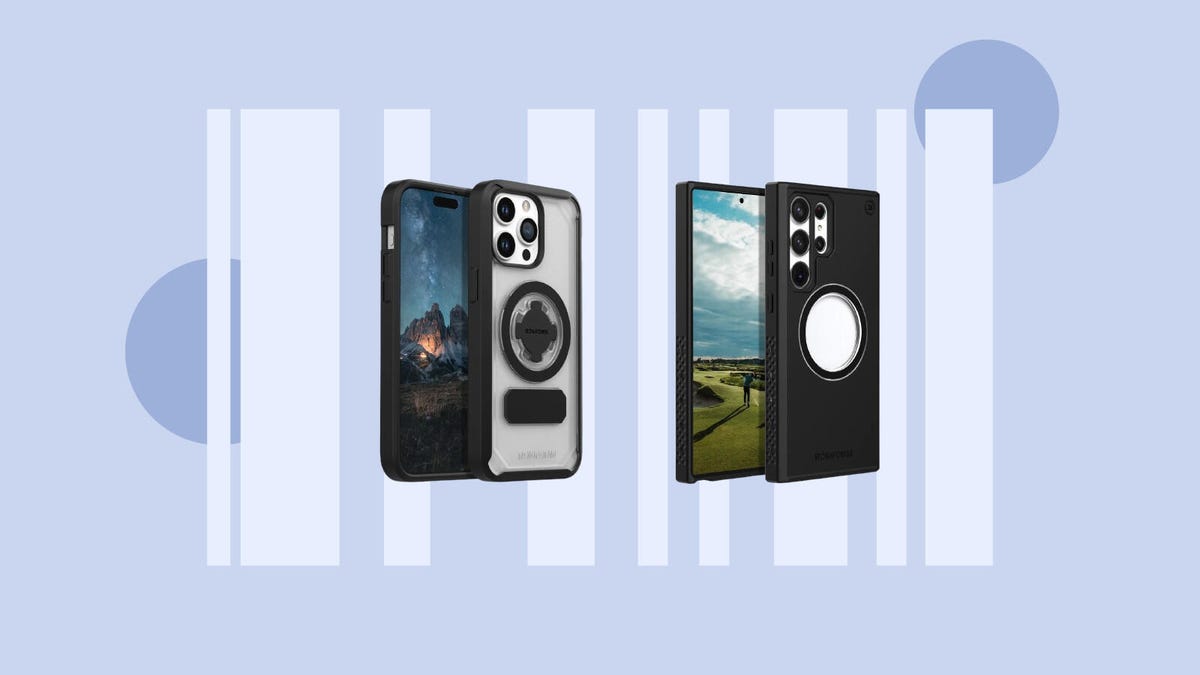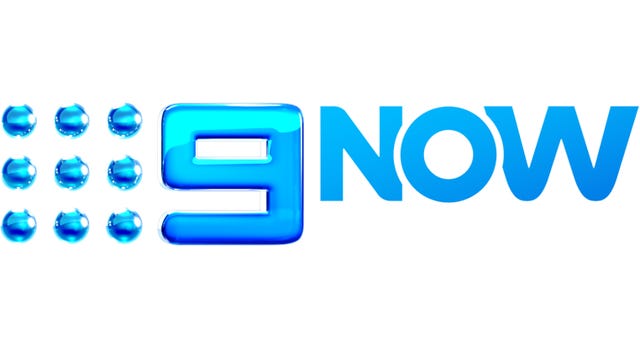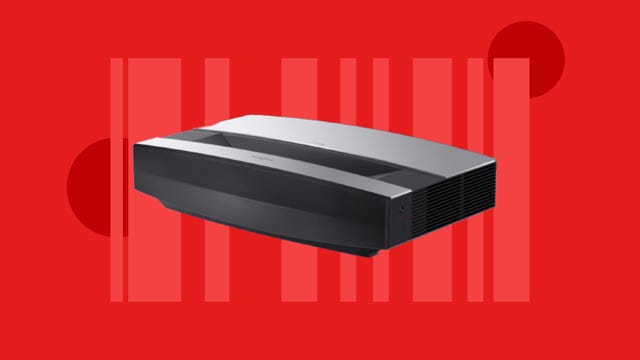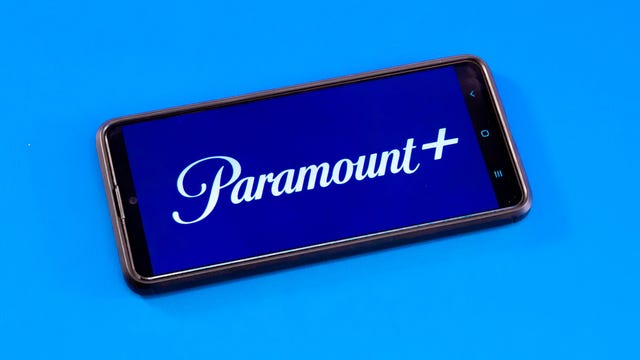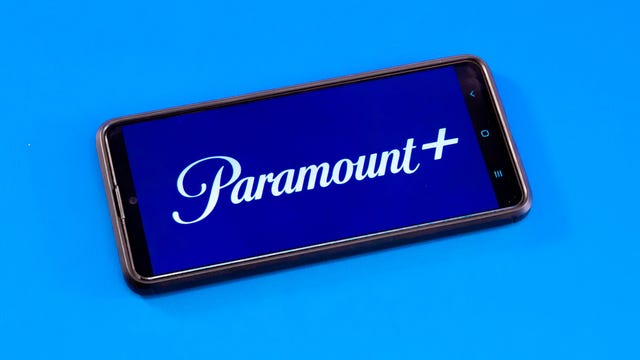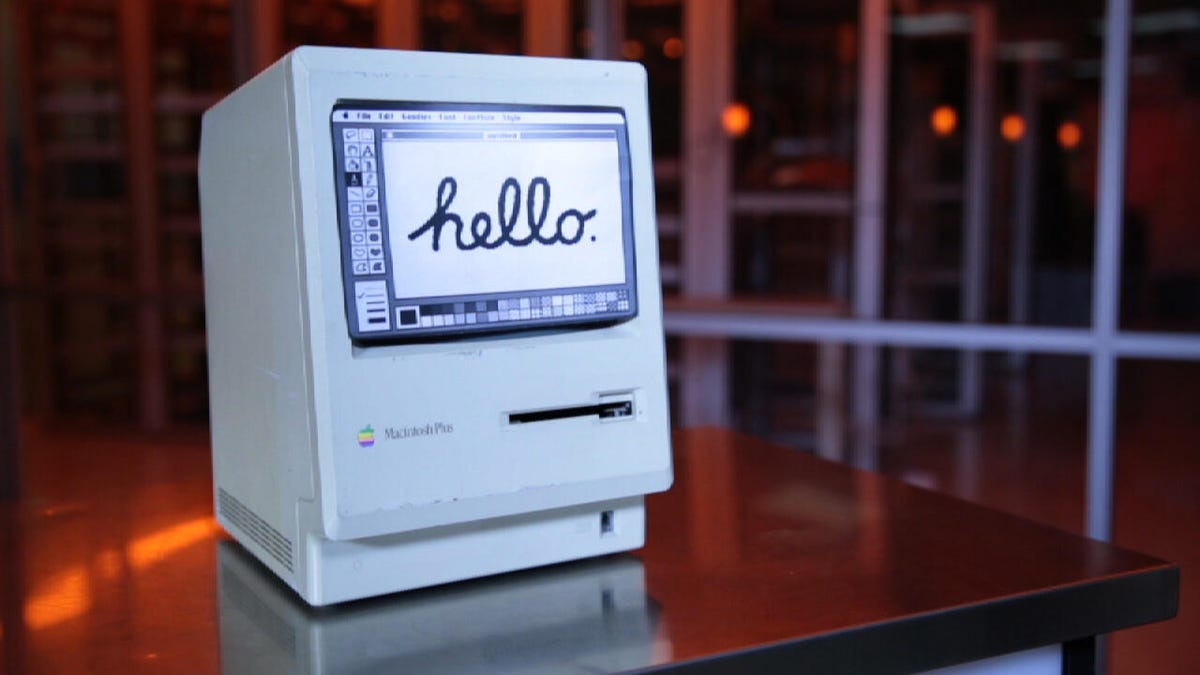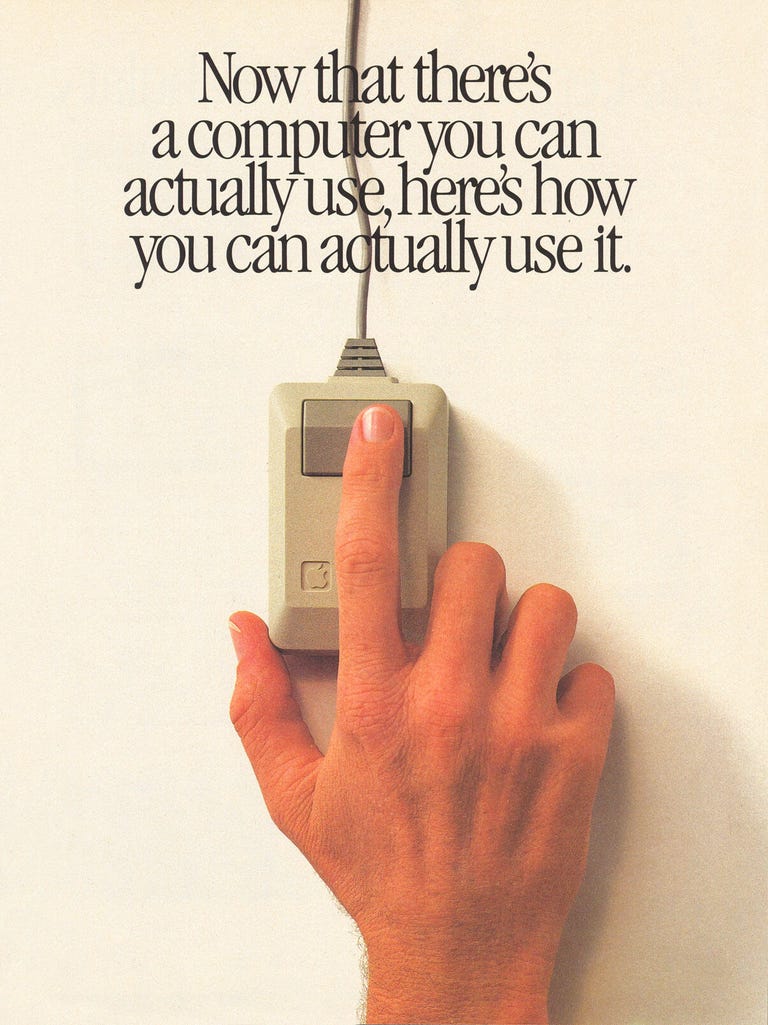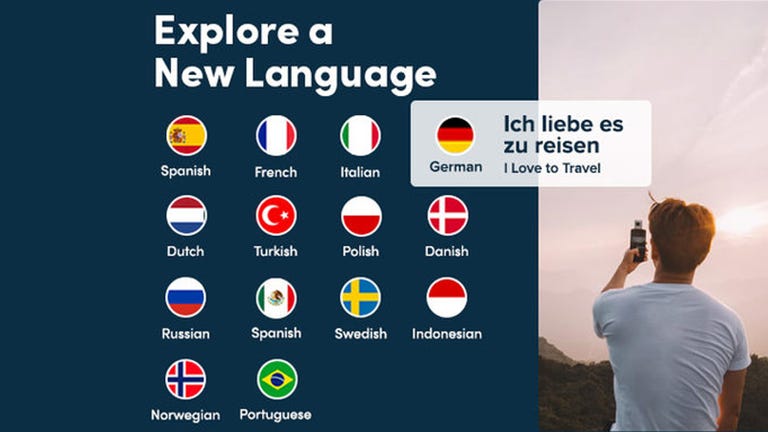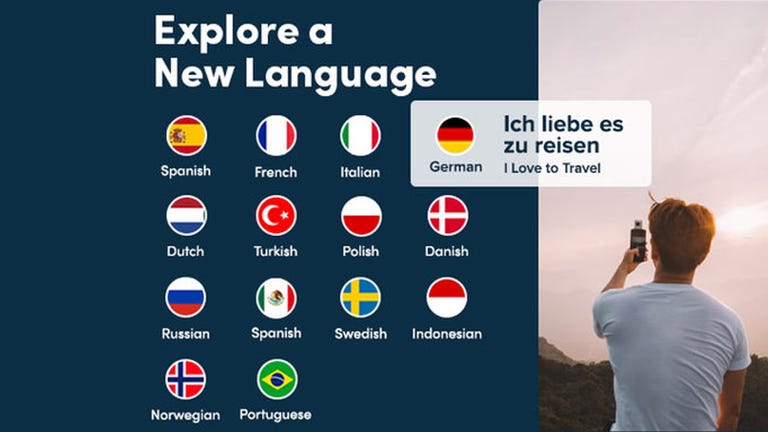Having booked their place in the Carabao Cup final earlier this week, Chelsea will be hoping to take a step closer to making a second appearance at Wembley this season as they host Aston Villa in this FA Cup fourth-round tie.
Chelsea have won the FA Cup on eight occasions and have an impressive record of just two defeats from their last 47 ties at Stamford Bridge in this tournament.
Standing in their way of progress to the fifth round are an in-form Aston Villa, who have become genuine English Premier League title contenders under boss Unai Emery. The Spanish coach earned the moniker of “King of Cups” for his glittering time at Villarreal, and the former Arsenal manager will be relishing the opportunity for a deeper run in football’s most famous club knockout competition.
Below, we’ll outline the best live TV streaming services to use to watch the game live, wherever you are in the world.
Chelsea vs. Aston Villa: When and where?
Chelsea host Aston Villa in this FA Cup fourth-round tie at Stamford Bridge in west London on Friday, Jan. 26. Kickoff is set for 7:45 p.m. GMT local time in the UK (2:45 p.m. ET, 11:45 a.m. PT in the US and Canada, and 6:45 a.m. AEST on Saturday, Jan. 27 in Australia).
How to watch the Chelsea vs. Aston Villa game online from anywhere using a VPN
If you find yourself unable to view the game locally, you may need a different way to watch the game — that’s where using a VPN can come in handy. A VPN is also the best way to stop your ISP from throttling your speeds on game day by encrypting your traffic, and it’s also a great idea if you’re traveling and find yourself connected to a Wi-Fi network, and you want to add an extra layer of privacy for your devices and logins.
With a VPN, you’re able to virtually change your location on your phone, tablet or laptop to get access to the game. Most VPNs, like our Editors’ Choice, ExpressVPN, make it really easy to do this.
Using a VPN to watch or stream sports is legal in any country where VPNs are legal, including the US, UK and Canada, as long as you have a legitimate subscription to the service you’re streaming. You should be sure your VPN is set up correctly to prevent leaks: Even where VPNs are legal, the streaming service may terminate the account of anyone it deems to be circumventing correctly applied blackout restrictions.
Looking for other options? Be sure to check out some of the other great VPN deals taking place right now.
Livestream the Chelsea vs. Aston Villa game in the US
This cup match at Stamford Bridge is streaming exclusively live in the US on ESPN Plus. Kickoff is at 2:45 p.m. ET (11:45 a.m. PT) on Wednesday for viewers in the States.
Can I livestream the Chelsea vs. Aston Villa game in the UK?
The great news for footy fans in the UK is that free-to-air broadcasters the BBC and ITV are sharing live duties for this season’s FA Cup. The bad news is that this game has not been selected to be shown live on either network.
That also means that if you’re in the UK traveling for pleasure or for work, you’re unlikely to be able to watch the game like you normally would at home thanks to geo-blocking.
There is one option to get around this, however. By using a VPN, as explained above, you can set your location to a country where the match is being broadcast and go from there.
Can I livestream Chelsea vs. Aston Villa in Canada?
Canadian soccer fans looking to watch this FA Cup fixture can watch all the action live via Sportsnet.
Livestream Chelsea vs. Aston Villa game in Australia
ViacomCBS holds the broadcast rights for the FA Cup in Australia, which means you can watch matches from the tournament live Down Under via streaming service Paramount Plus. You’ll just have to set an alarm for the early hours of Saturday morning: kickoff is at 6:45 a.m. AEDT.
Quick tips for streaming the FA Cup using a VPN
- With four variables at play — your ISP, browser, video streaming provider and VPN — your experience and success when streaming FA Cup matches may vary.
- If you don’t see your desired location as a default option for ExpressVPN, try using the “search for city or country” option.
- If you’re having trouble getting the game after you’ve turned on your VPN and set it to the correct viewing area, there are two things you can try for a quick fix. First, log into your streaming service subscription account and make sure the address registered for the account is an address in the correct viewing area. If not, you may need to change the physical address on file with your account. Second, some smart TVs — like Roku — don’t have VPN apps you can install directly on the device itself. Instead, you’ll have to install the VPN on your router or the mobile hotspot you’re using (like your phone) so that any device on its Wi-Fi network now appears in the correct viewing location.
- All of the VPN providers we recommend have helpful instructions on their main site for quickly installing the VPN on your router. In some cases with smart TV services, after you install a cable network’s sports app, you’ll be asked to verify a numeric code or click a link sent to your email address on file for your smart TV. This is where having a VPN on your router will also help, since both devices will appear to be in the correct location.
- And remember, browsers can often give away a location despite using a VPN, so be sure you’re using a privacy-first browser to log into your services. We normally recommend Brave.

